
 Edgar Degas (1834-1917)
Edgar Degas (1834-1917)  Contents
Contents  Delphi Classics 2016 Version 1
Delphi Classics 2016 Version 1  Masters of Art Series Edgar Degas
Masters of Art Series Edgar Degas  By Delphi Classics, 2016
By Delphi Classics, 2016
COPYRIGHT
Masters of Art - Edgar Degas First published in the United Kingdom in 2016 by Delphi Classics. Delphi Classics, 2016. All rights reserved. No part of this publication may be reproduced, stored in a retrieval system, or transmitted, in any form or by any means, without the prior permission in writing of the publisher, nor be otherwise circulated in any form other than that in which it is published. Delphi Classics is an imprint of Delphi Publishing Ltd Hastings, East Sussex United Kingdom Contact: sales@delphiclassics.com www.delphiclassics.com
The Highlights

Paris, 1830 by Theodor Hoffbauer Degas was born in Paris in 1834.

Degas as a young man, c. 1855 THE HIGHLIGHTS

In this section, a sample of Degas most celebrated works is provided, with concise introductions, special detail reproductions and additional biographical images.
SELF-PORTRAIT, 1855

Degas was born in Paris into a moderately wealthy family, the oldest of five children of Clestine Musson De Gas, a Creole from New Orleans, and Augustin De Gas, an established banker.
SELF-PORTRAIT, 1855

Degas was born in Paris into a moderately wealthy family, the oldest of five children of Clestine Musson De Gas, a Creole from New Orleans, and Augustin De Gas, an established banker.
He began his schooling at eleven, enrolling in the Lyce Louis-le-Grand. His mother died when he was thirteen and his father and grandfather became his main influences for the remainder of his youth. From an early age, Degas learned to paint and by the time he graduated from the Lyce with a baccalaurat in literature in 1853, at the age of eighteen, he had turned a room in his home into an artists studio. He enjoyed a privileged upbringing and for much of his adult life he was a man of independent financial means. After graduating, Degas registered as a copyist in The Louvre, though his father expected him to study at law. He duly enrolled at the Faculty of Law of the University of Paris in November 1853, but applied little effort to his studies.
In 1855 he met the famous neo-classicist artist Jean Auguste Dominique Ingres, whom Degas greatly revered and whose advice he never forgot: Draw lines, young man, and still more lines, both from life and from memory, and you will become a good artist. In April of that year Degas was admitted to the cole des Beaux-Arts, where he studied drawing with Louis Lamothe, under whose guidance he flourished, following the style of Ingres. He was very ambitious in his early works, tackling the challenging subjects of portraiture and historical painting. During this period, he completed his first self-portrait in oil, displaying the twenty-one year-old painter as a reserved, even aloof observer, with an overall impression of restraint permeating the canvas. Similarities can be drawn between the painting and Degas great hero Ingress self-portrait when a young man, painted in 1804. Degas portrays himself likewise from the right side, his elbow extending out to the viewer.
Both artists pose before a brown, murky background, allowing our interest to concentrate instead on the subject of the young artist and they both appear to hold an artists implement in their right hand. However, the mood of each painting is different; the bright chiaroscuro of Ingres, promoting the sense of youthful hope in the young bright face, is definitely absent in the Degas self-portrait. Instead of the neo-classical precise smooth rendering of the canvas, we can already detect the artists preference for what would later be described as an Impressionistic representation, playing with light and shadow in a mixture of moving contrasts. 
 Detail
Detail  Detail
Detail  Detail
Detail  Self-portrait of Ingres, 1804
Self-portrait of Ingres, 1804
PORTRAIT OF ACHILLE DE GAS

It is believed Degas completed this portrait of his younger brother Achille De Gas in 1855, when the sitter was eighteen years old. The majority of Degas early portraits were of his brothers or sisters or of himself. Members of his family often told how they would have to pose indefatigably for him.
Now housed in Washingtons National Gallery, the portrait once again reveals the influence of Ingres in the posture and colouring used to present the subject. A preparatory drawing of De Gas, demonstrating Degas delicate pencil work also in imitation of Ingres, survives in the Louvre. Many of Degas most accomplished early works are his portraiture, often conveying an aura of melancholy and aristocratic grace, as demonstrated in the following plate. The fine and detailed representation of the cadet uniform is of particular note in the early canvas. During this formative time of the artists career, Degas had also taken up the study of Mannerist works by Bronzino and Franciabigio, which may also explain his tendency for formal and gloomy depictions. 
 Detail
Detail  Detail
Detail  Detail
Detail 
Next page


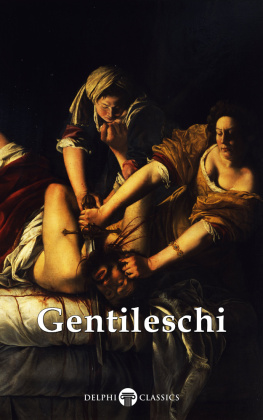

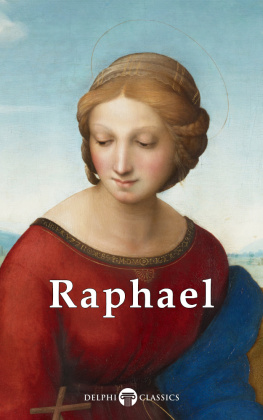
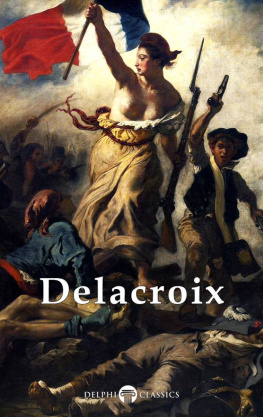
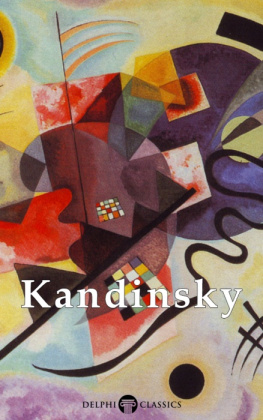
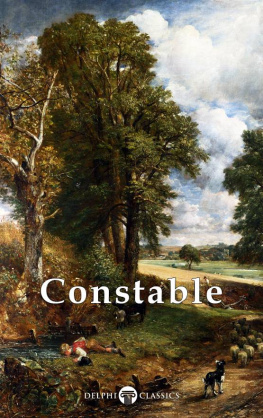
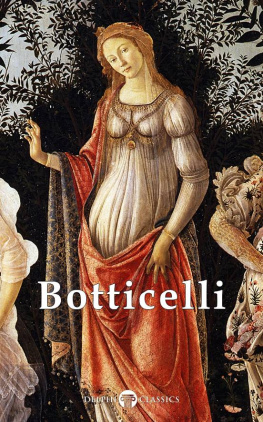


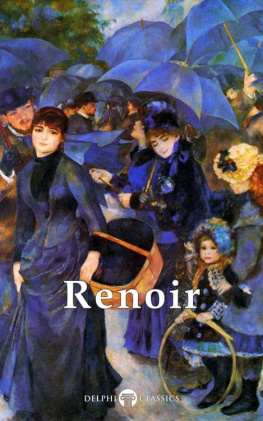


 Edgar Degas (1834-1917)
Edgar Degas (1834-1917)  Contents
Contents  Delphi Classics 2016 Version 1
Delphi Classics 2016 Version 1  Masters of Art Series Edgar Degas
Masters of Art Series Edgar Degas  By Delphi Classics, 2016
By Delphi Classics, 2016 Paris, 1830 by Theodor Hoffbauer Degas was born in Paris in 1834.
Paris, 1830 by Theodor Hoffbauer Degas was born in Paris in 1834.  Degas as a young man, c. 1855 THE HIGHLIGHTS
Degas as a young man, c. 1855 THE HIGHLIGHTS  In this section, a sample of Degas most celebrated works is provided, with concise introductions, special detail reproductions and additional biographical images.
In this section, a sample of Degas most celebrated works is provided, with concise introductions, special detail reproductions and additional biographical images.  Degas was born in Paris into a moderately wealthy family, the oldest of five children of Clestine Musson De Gas, a Creole from New Orleans, and Augustin De Gas, an established banker.
Degas was born in Paris into a moderately wealthy family, the oldest of five children of Clestine Musson De Gas, a Creole from New Orleans, and Augustin De Gas, an established banker. 
 Detail
Detail  Detail
Detail  Detail
Detail  Self-portrait of Ingres, 1804
Self-portrait of Ingres, 1804 It is believed Degas completed this portrait of his younger brother Achille De Gas in 1855, when the sitter was eighteen years old. The majority of Degas early portraits were of his brothers or sisters or of himself. Members of his family often told how they would have to pose indefatigably for him.
It is believed Degas completed this portrait of his younger brother Achille De Gas in 1855, when the sitter was eighteen years old. The majority of Degas early portraits were of his brothers or sisters or of himself. Members of his family often told how they would have to pose indefatigably for him. 
 Detail
Detail  Detail
Detail  Detail
Detail 